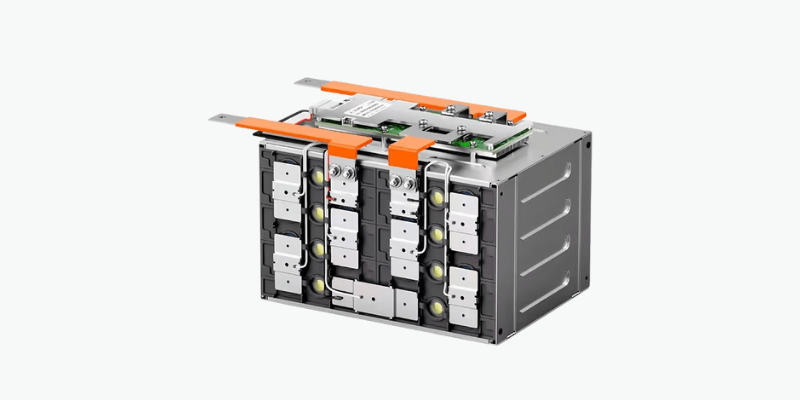Po ukończeniu ponad 6000 Niestandardowe projekty baterii litowych, stwierdziliśmy, że klienci często mają konkretne pytania. W tym artykule zagłębimy się w podstawowe pytania i odpowiedzi dotyczące Projektowanie i produkcja baterii litowo-jonowych.
Jakie są kluczowe czynniki, które należy wziąć pod uwagę przy wyborze niestandardowego pakietu baterii litowo-jonowej?
Wybierając niestandardowy pakiet akumulatora litowo-jonowego, konieczne jest rozważenie kilku kluczowych czynników.
Po pierwsze, gęstość energii Odgrywa istotną rolę, ponieważ klienci często szukają akumulatorów litowo-jonowych do przenośnych zastosowań, pragnąc wysokiej pojemności energetycznej w kompaktowym i lekkim projekcie.
Ponadto należy wziąć pod uwagę wskaźniki zrzutów. Istnieją dwa główne typy komórek litowo-jonowych – Komórki energetyczne i komórki mocy. Komórki energetyczne oferują wysoką gęstość energii, ale niższe dostarczanie prądu, co powoduje dłuższy czas wykonywania, podczas gdy komórki energetyczne zapewniają szybką wysoką wydajność prądu o niższej gęstości energii.
Życie rowerowe jest kolejnym kluczowym aspektem do rozważenia. Komórki fosforanu litowo-jonowego, mimo że potencjalnie są cięższe, mogą dostarczyć ponad 3000 cykli, przekraczając 500-600 cykli innych typów.
Bezpieczeństwo jest najważniejsze dla wszystkich akumulatorów litowo-jonowych, a litowo-jonowe komórki fosforanowe znane ze swojej zwiększonej odporności pod względem cech bezpieczeństwa.
Ponadto ważną kwestią jest tolerancja temperatury. Chociaż akumulatory litowe były wcześniej ograniczone w aplikacjach o wysokiej temperaturze, postępy umożliwiają teraz ich zastosowanie w różnych ustawieniach o podwyższonych temperaturach.
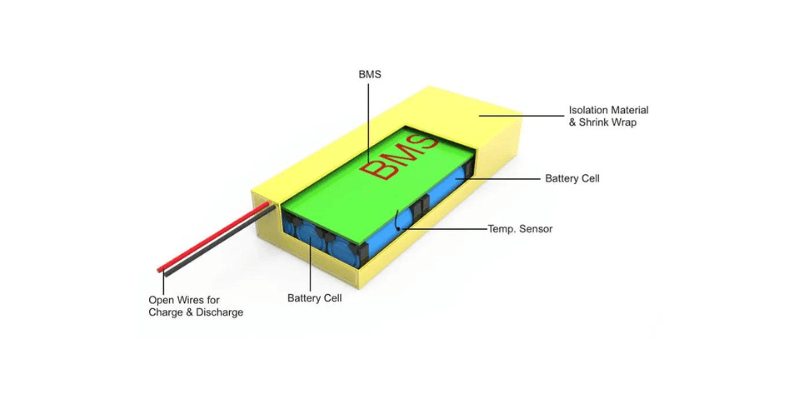
Jak można zintegrować zarządzanie termicznie z niestandardowym pakietem litowym?
Większa obudowa często lepiej rozprasza ciepło, a czasami dodajemy rozkładacze ciepła w opakowaniach, aby poradzić sobie z nadmiarem ciepła.
Podejście Tesli do aktywnego chłodzenia ustanawia wysoki standard w branży, wykorzystując ciekłe krążenie wokół poszczególnych komórek w celu utrzymania jednolitych temperatur i wyeliminowania gradientów cieplnych. Ten zaawansowany system zapewnia wewnętrzne komórki dopasowane do temperatury komórek zewnętrznych, umożliwiając nawet podgrzewanie w zimnych dniach w celu zwiększenia wydajności i długowieczności.
Jeśli ograniczenia budżetowe ograniczają opcje chłodzenia, wykorzystanie czujników temperatury może być opłacalnym rozwiązaniem. Czujniki te mogą monitorować zmiany temperatury i odpowiednio dostosowywać działanie urządzenia, takie jak dławienie procesora lub regulacja prędkości silnika, aby zapobiec przegrzaniu.
Ponadto wdrożenie systemów ostrzegawczych w pakiecie baterii może pomóc użytkownikom o potencjalnych problemach temperaturowych i skutecznie podjąć środki zapobiegawcze.
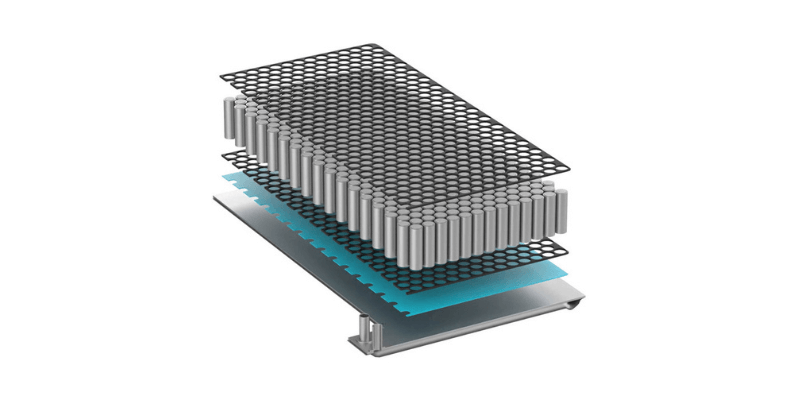
Jakie mniej powszechne funkcje bezpieczeństwa powinny być zawarte w niestandardowej baterii litowej?
Funkcje bezpieczeństwa drugiego poziomu i trzeciego poziomu często pozostają niezauważone, ale jednym z ważnych aspektów jest równoważenie komórek.
Wiele osób postrzega to jako funkcję życia cyklu, podobnie jak równomiernie wypełniając tacę na kostkach lodu, aby zapewnić, że wszystkie komórki utrzymują równe poziomy. Równowaga ta przedłuża żywotność paczki i zapobiega spadkom poszczególnych komórek lub wzrośnie zbyt wysoko, co może wywoływać obwody bezpieczeństwa i zmniejszyć postrzeganie czasu wykonywania.
Ponadto, jeśli obwody bezpieczeństwa działają nieprawidłowe działanie, ciągłe niskie lub wysokie wycieczki mogą prowadzić do wzrostu dendrytu lub problemów z oddzielnymi materiałami, potencjalnie powodując wewnętrzne szorty. Zatem równoważenie komórek jest rzeczywiście cechą bezpieczeństwa.
Inne rozważania obejmują kapsułkowanie baterii z efektywnymi zaworami odciążenia ciśnieniowego. Może pomóc w zmniejszeniu ryzyka nadciśnienia w pakiecie akumulatora, szczególnie podczas szybkiego ładowania lub w przypadku awarii.
Wreszcie, użycie materiałów-retardantów o wysokiej temperaturze zapewnia to komponenty Nie zapalając w sytuacjach niepowodzenia. Te mniej znane funkcje bezpieczeństwa odgrywają kluczową rolę w wydajności i niezawodności baterii.
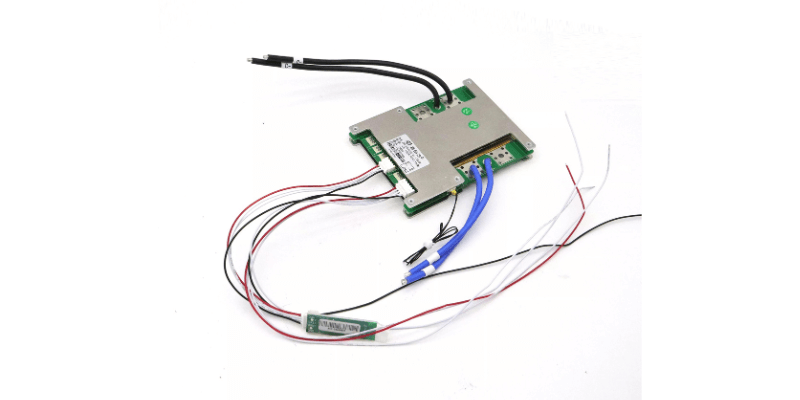
Czy większość standardów produktów końcowych wymaga baterii, aby spełnić określone standardy?
Tak, większość standardów produktów końcowych nakazuje, aby akumulatory spełniają określone kryteria bezpieczeństwa, wydajności i jakości w celu zapewnienia bezpieczeństwa konsumentów i niezawodności produktu. Organy regulacyjne wymuszają te standardy w celu ograniczenia ryzyka, takie jak zagrożenia pożarowe, ucieczka termicznaoraz wpływ na środowisko.
Kluczowe standardy obejmują:
- ORAZ 38.3: Obejmuje wymagania testowe dotyczące bezpiecznego transportu akumulatorów litowych.
- IEC 62133: Określa wymagania bezpieczeństwa dla akumulatorów litowo -jonowych w przenośnych urządzeniach elektronicznych.
- IEC 62619: Koncentruje się na bezpieczeństwie wtórnych komórek litowo-jonowych i akumulatorów w zastosowaniach przemysłowych.
- UL1642 i UL 2054: Standardy bezpieczeństwa dla akumulatorów litowych w użyciu gospodarstw domowych i przemysłowych.
- Oznaczenie CE: Wskazuje zgodność ze standardami bezpieczeństwa UE.
Zgodność jest konieczna, aby zapobiec wycofaniu, zobowiązaniach prawnych i szkodach reputacji marki; Producenci muszą przestrzegać tych standardów, aby dostarczyć bezpieczne produkty zasilane baterią.
Czy masz zalecenia dotyczące znalezienia komórek online do produkcji wewnętrznej? Czy jest to tak proste, jak korzystanie z Google do znalezienia opcji, które spełniają moje wymagania?
Chociaż Google może być punktem wyjścia, oto zalecenia dotyczące znalezienia niezawodnych dostawców komórek:
- Partner z renomowani dostawcy znani z wysokiej jakości ogniw akumulatorów i niezawodne wsparcie.
- Potwierdź jasne specyfikacje, w tym napięcie, pojemność, gęstość energii, Życie rowerowe, rozmiar, waga i funkcje bezpieczeństwa, aby zawęzić wyszukiwanie.
- Zapewnij kompatybilność z systemem, rozważając dopasowanie mechaniczne, połączenia elektryczne oraz protokoły ładowania/rozładowywania, aby uniknąć problemów z integracją podczas produkcji.
- Wybierz komórki, które spełniają uznane standardy branżowe, takie jak UL lub IEC, pod kątem bezpieczeństwa i wydajności; Przejrzyj arkusze danych produktów lub testuj raporty od dostawcy.
- Skonsultuj się z ekspertami branżowymi, inżynierami lub konsultantami doświadczonymi w zakresie pozyskiwania ogniw akumulatorowych do produkcji. Mogą cię poprowadzić przy wyborze odpowiednich komórek dla twoich konkretnych potrzeb.
- Oceń logistykę wysyłki dotyczące opcji, czasów realizacji, kosztów i wymagań dostawy.
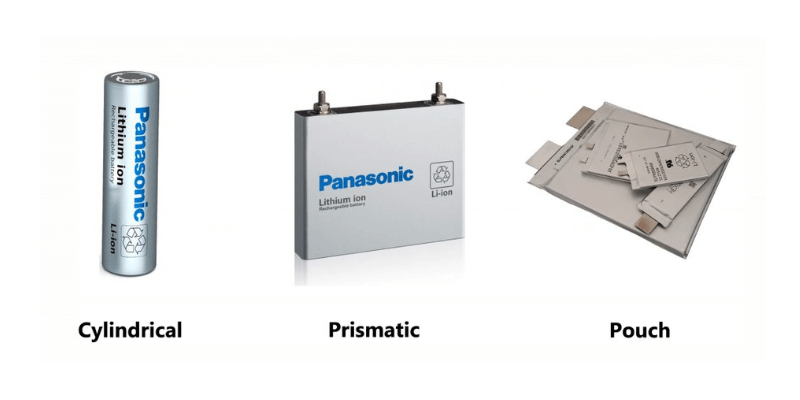
Jak określasz żywotność cyklu produktu?
Zasadniczo określanie żywotności cyklu baterii obejmuje kilka metod:
- Specyfikacje producenta: Sprawdź szacunkowy okres cyklu producenta, który często opiera się na standardowych testach. Jednak wartości te zazwyczaj odzwierciedlają niskie prądy w stanie ustalonym.
- Przyspieszone testy starzenia: Przeprowadź testy w kontrolowanych warunkach poprzez wielokrotne ładowanie i rozładowywanie akumulatora podczas monitorowania wydajności i spadku pojemności. Ta metoda szacuje, ile cykli bateria może przetrwać przed osiągnięciem określonego progu pojemności (np. 80% pierwotnej pojemności).
- Dane i doświadczenie z przeszłości: dane historyczne dotyczące podobnych baterii mogą zapewnić wgląd w oczekiwany cykl życia poprzez badania branżowe i studia przypadków, chociaż metoda ta oferuje przybliżone szacunki.
- Chemia i konstrukcja akumulatorów: Różne chemia mają różne charakterystyki życia cyklu; zrozumienie ich wraz z czynnikami projektowymi, takimi jak elektroda Materiały mogą dać przybliżone szacunki wydajności.
- Warunki operacyjne: Czynniki takie jak szybkość rozładowania, głębokość rozładowania (DoD), protokoły ładowania i warunki środowiskowe znacząco wpływają na żywotność cyklu.
Chociaż metody te zapewniają przybliżone szacunki, faktyczne testy dostosowane do określonych warunków są najbardziej niezawodnym sposobem określenia żywotności cyklu akumulatora, szczególnie w przypadku produktów zewnętrznych podlegających ekstremom temperatury.

